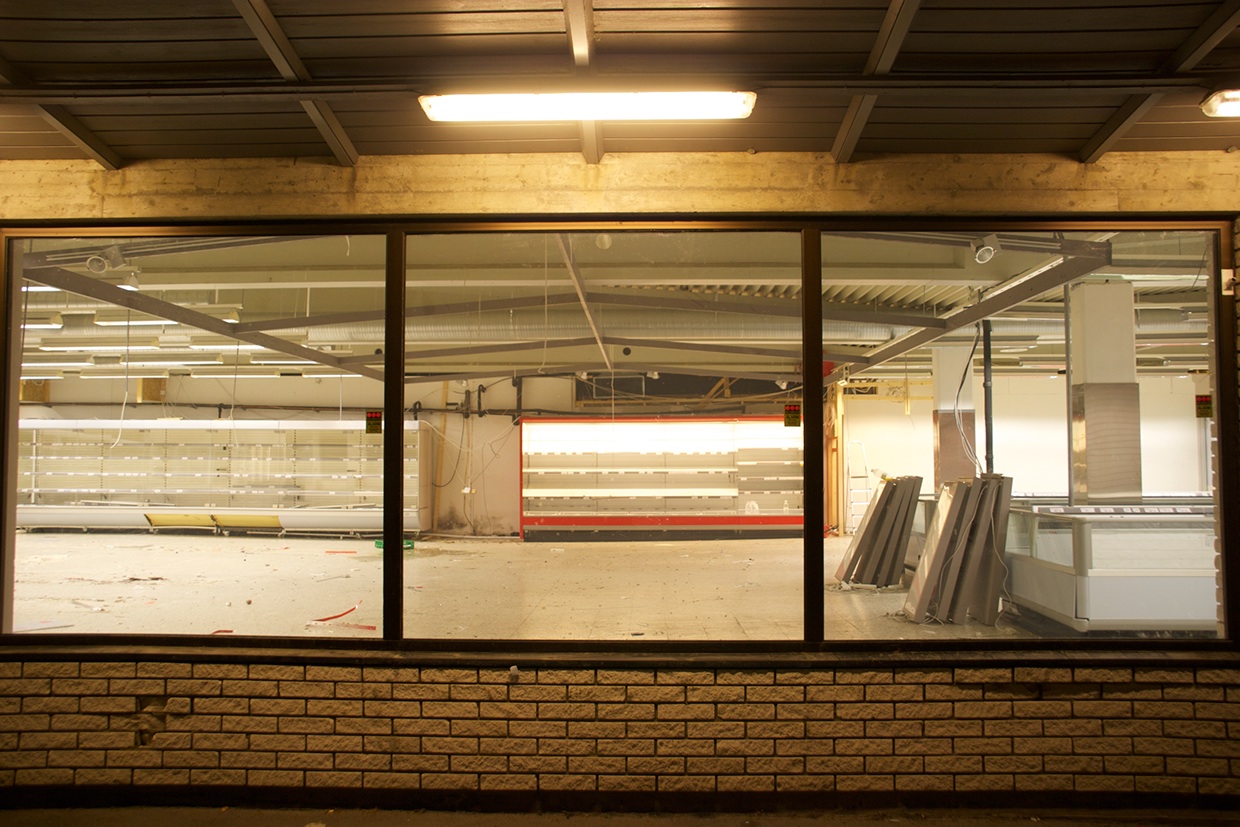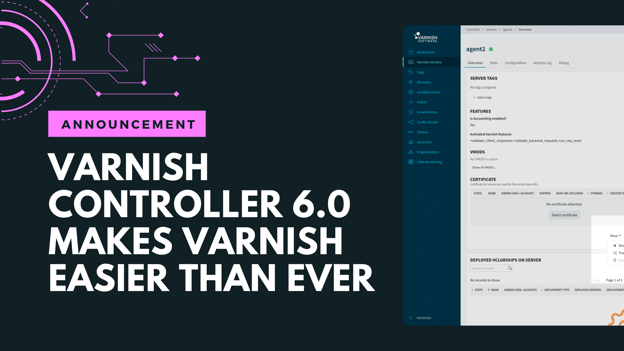A few weeks ago I got a handful of emails from a small, cool boutique hotel chain advertising their big promo to give away free hotel rooms for New Year’s Eve. They’d “open the floodgates” on October 30 and let people sign in to win one of 500 rooms in New York City, Amsterdam, London, Glasgow, etc.
As soon as I got the email, even though it was not really something that mattered a lot to me, I knew that the hotel, with all its good intentions, was setting themselves up for a potential PR/branding disaster because this kind of thing – asking potentially hundreds of thousands of people to sign into a website all at once – is a dangerous proposition. You’ve really got to be prepared. Theoretically, the competition is a great idea, if the whole experience (regardless of whether a visitor to the site wins a free night's stay or not) is smooth. You generate excitement around your brand, generate goodwill and put the company in front of a lot of eyes. Win or lose for the customer, this kind of thing is designed to be a win for the company - but only if it’s done right.
Prepare for the traffic you are hoping for
Think back to the situation we described in another recent blog. PAPER magazine knew it would weather crazy traffic spikes when they prepared for a Kim Kardashian spread, and they got ready. The hotel chain, presumably, also thought it was ready, but I am guessing that no one (particularly a hotel that probably never sees this kind of traffic spike) really ever knows what real-world server strain is going to be like.
At 14:00 CET on the appointed day, the competition “opened” but crashed the entire website immediately. The countdown clock on the competition site kept resetting (for me) to 7 minutes. It was not possible to sign in. No one was impressed.
Social media channels filled up right away with anti-hotel invective, along the lines of “this competition is a scam to collect emails” and similar. The hotel staff busily tried to do damage control, mostly writing, “We’re sorry you’re disappointed about not getting a room”…. Most people, though, were irritated that they could not even get a last-known working page or use the regular site to book a room... for over an hour. Occasionally, you could access an “Oops, page cannot be found” page, but overall, it was impossible.
The price of a lousy user experience
The bottom line - and a point we have been hammering home, fully recognizing that it sounds like “marketing speak” but knowing in reality what a failure like this means - is that performance, and being ready for whatever gets thrown at your website, is priceless. In this case, people were disappointed, disillusioned and felt lied to. Disappointment is about the foreseeable and avoidable technical collapse. It isn’t about the free rooms! Taking shortcuts or not fully vetting the technical solutions driving your website and keeping it moving is not only part of doing business but is at the heart of satisfying customers. You may never feel this until you end up with a catastrophe on your hands, but you don’t really want to wait until you’re in the midst of one to figure it out.
Take heed! Any business that normally sees a stable and moderate amount of traffic is going to see unprecedented traffic levels when they offer unique, in-demand content (like PAPER and the Kardashian spread). But in a situation where a company will need capacity for all of an hour or less (a competition that amounts to a flood of traffic), it’s a targeted, focused “moment” – and the right technology deployed correctly could ensure that visitors to the site don’t end up angry or frustrated.
Before launching this kind of crazy-traffic campaign or activity, take a look at what you can do to get ready. If you don’t, you may see that you’ve done far more harm to your brand than good.
Image is (c) 2014 Stephen Donaghy used under Creative Commons license.
/VS-logo-2020-197x60.png?width=136&height=60&name=VS-logo-2020-197x60.png)




